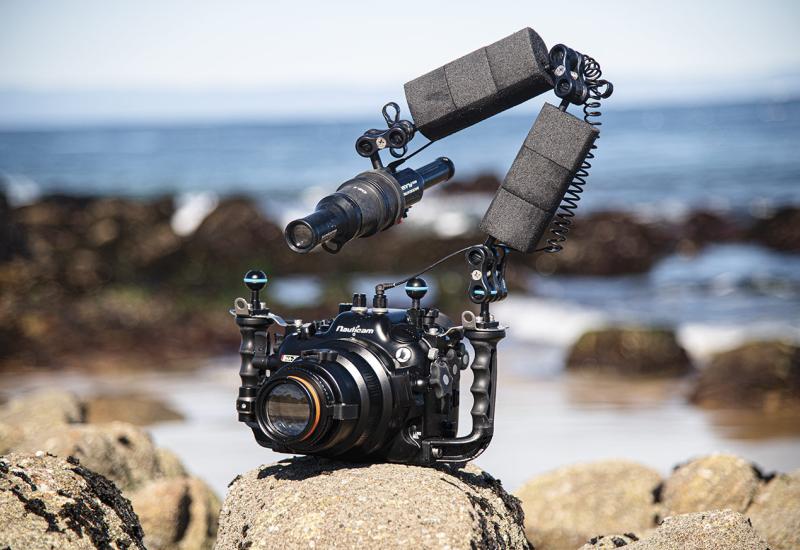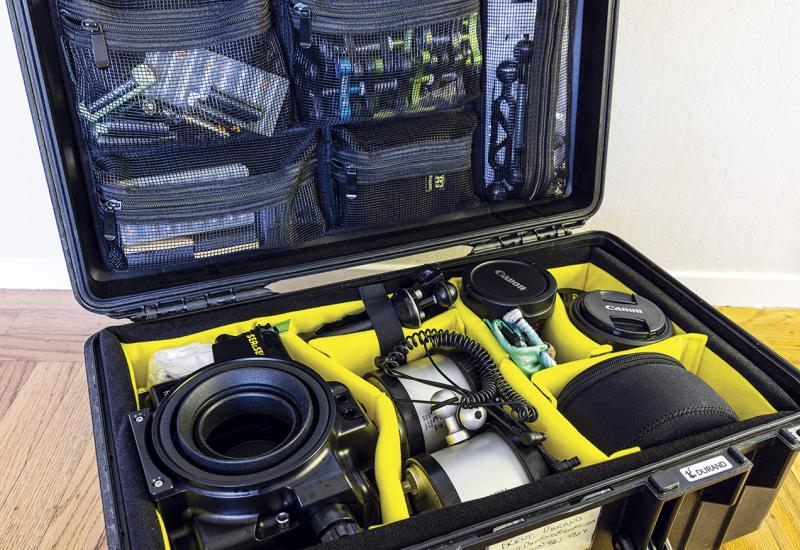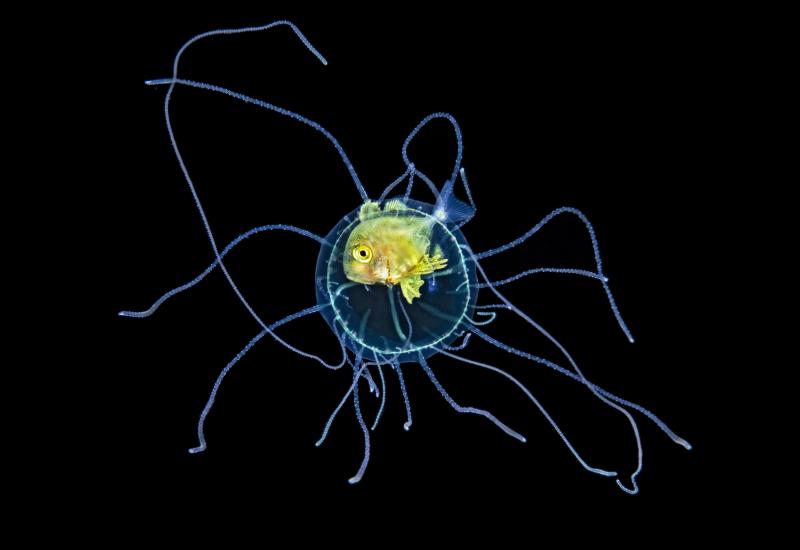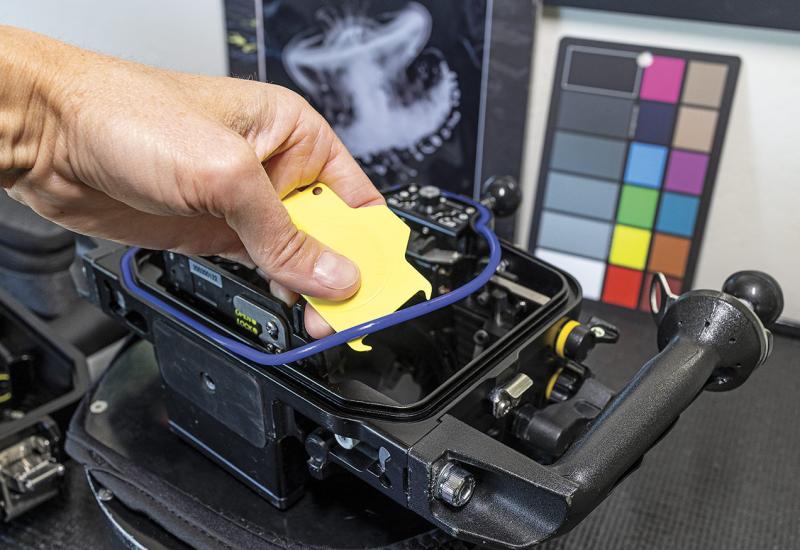How To Improve Focus in Underwater Photography
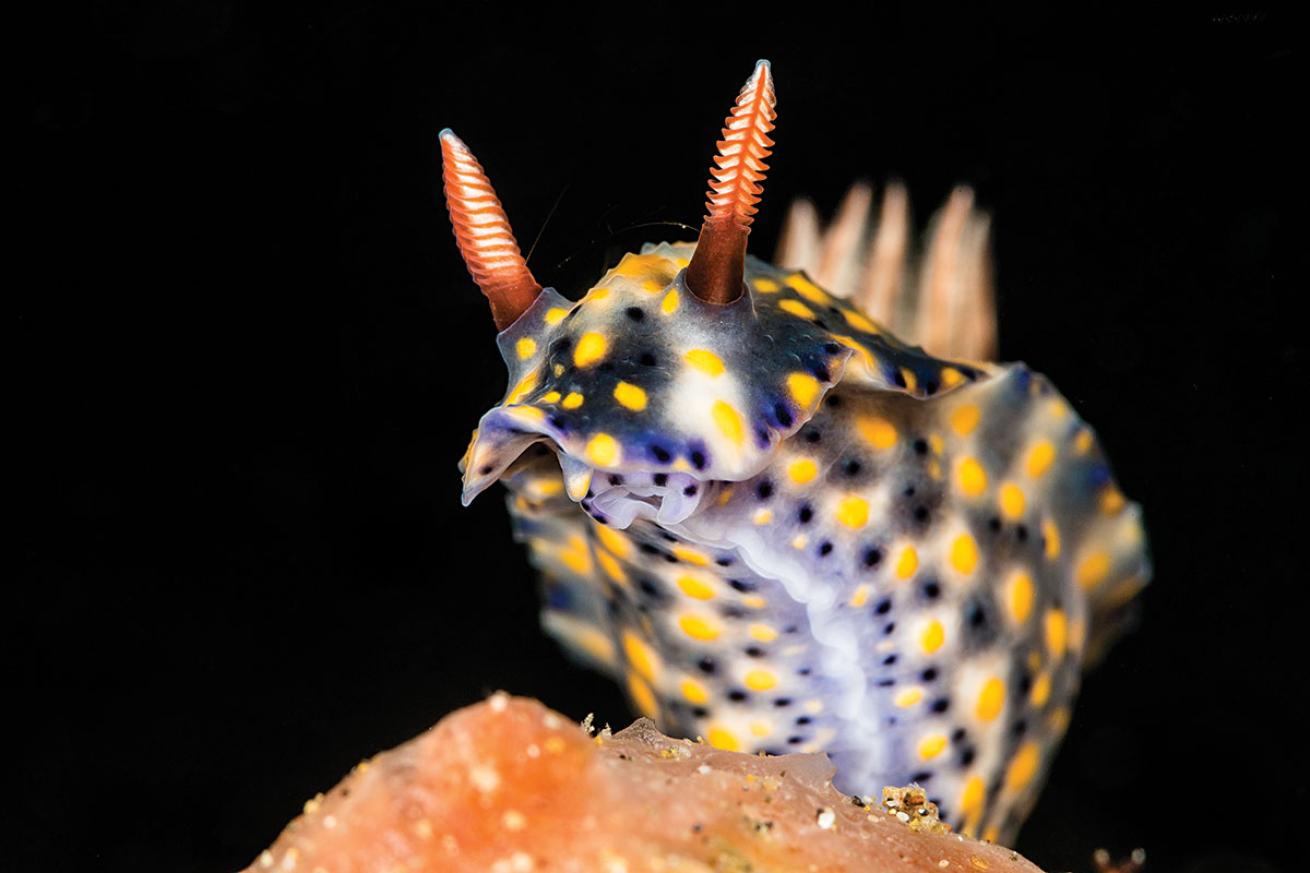
Brent DurandFollow these pro tips for improving focus in underwater photography.
Sharp focus is the cornerstone of nature and wildlife photography. In nearly all great photos, the subject and/or critical feature of the subject is in sharp focus. Luckily for us, modern digital cameras have sophisticated autofocus systems that instantly bring subjects into focus.
These autofocus systems perform best in bright light. Wide-angle shooters often benefit from great ambient light — macro shooters can face challenges coaxing the camera to focus under ledges and other dark areas of the reef. Autofocus systems use pattern borders and contrasts to find focus; it’s harder to distinguish these features as a scene gets darker and duller.
Armed with this basic knowledge, we can apply some techniques to help the camera focus and create sharp, high-impact images.
Use a Focus Light
All macro shooters should carry a focus light mounted on the top of the housing or strobe arm. This light shining on our subject makes all the difference in focusing, especially for compact shooters. Many focus lights include a red light, which isn’t visible to many critters, and is useful with shy subjects such as crabs and octopuses. Unfortunately, focus lights don’t provide the same benefits for wide-angle because the subject is generally farther away.
Focus on Strong Lines
Often, cameras will have trouble focusing on areas with little color and tonal differences. To get the shot, try focusing on a strong line or contrast, which the camera will be able to detect and use to achieve focus.
Control the Focus Area Manually
Most underwater cameras allow you to select between a wide auto area or a small manually controlled area as an autofocus point. While the auto area might work well for wide-angle subjects, it’s best to manually control this focus area for macro shooting. In doing so, you can move the focus point to the part of the subject you want in crisp focus, such as the eyes or nudibranch rhinophores.
Single vs. Continuous Focus
In general, single autofocus is best for stationary subjects, and continuous is best for subjects in motion. Try using continuous on your next dive, half-depressing the shutter as the camera tracks the subject, and then fully depressing it at just the right moment to capture the image.
As always, make sure to review your images in-water to make sure the focus is nice and sharp.

